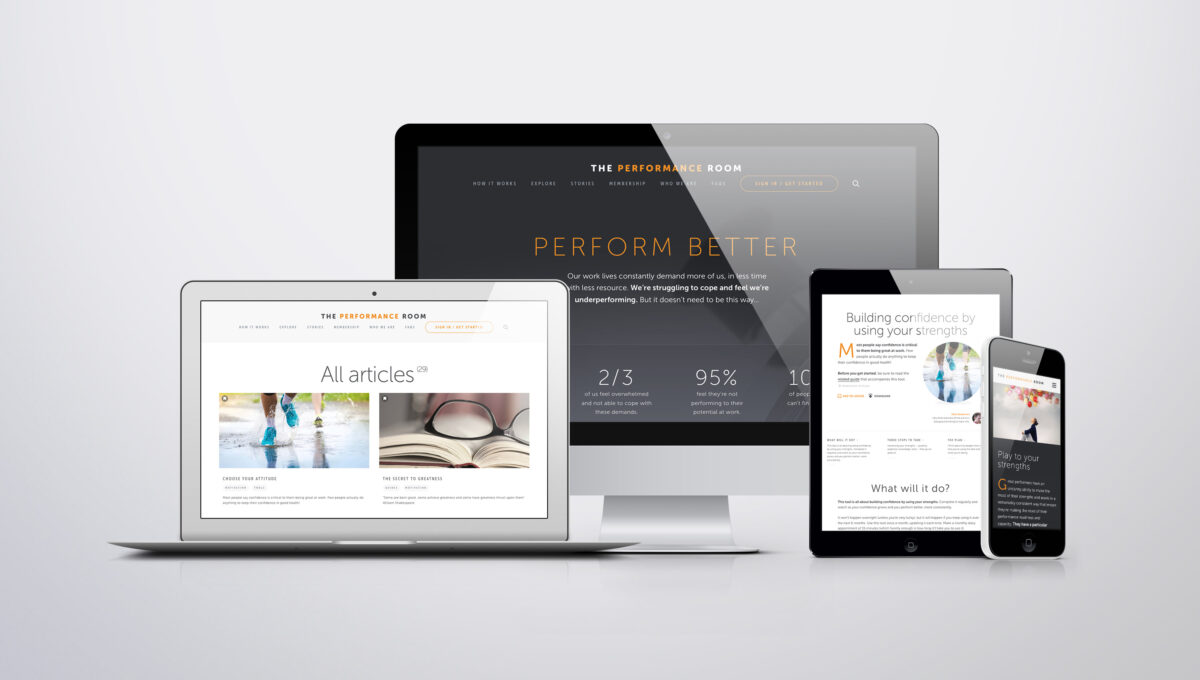Getting ready to join a new team

Bringing the qualities to life that got you invited to be part of a team in the first place is the most important factor to remember as you start in your new role.
Use this tool to help you get ready to join your new team with maximum confidence, so that you’re ready to hit the ground running and establish great performance relationships from the outset.
What will it do?
This tool is going to help you get fully ready to join your new team with maximum confidence, so that you’re ready to hit the ground running and establish great performance relationships from the outset.
It’s a good idea to keep an updated version of your strengths and general contributions that you’d make for any team, and then expect to take about 20 minutes to update this tool whenever you need to.
Three steps to take
Get focused on the things that will make the most impact for you.
1. Do your homework
Find out all you can about the purpose, goals, mindset, behaviours, successes, roles and complete the team profile below.
Why the team exists
What the team measures of team effectiveness are…
What the team mindset and behaviours are…
What roles does everyone play in relation to the purpose and goals?
2. Identify your skills
Now identify the specific skills, knowledge, expertise and experience you have that is going to be essential in you delivering your role. Be really focused on how your strengths connect to the specific detail in step 1 – it’s all about you delivering value for this team.
Team purpose
My role
My existing experience which is of value to the team
Specific expertise, skills and knowledge I have which is of highest value to the team
Strengths to update/strengthen given the role I need to play to help us deliver success
3. Get connected
Finally, it’s time to start connecting. Get some time in your diary with each member of the new team and talk them through your answers to in 1 and 2 so that you:
- Sense check understanding of team purpose, etc.
- Proactively share with them your initial thoughts for adding value to the team.
During these conversations, gather the views of your teammates to see what reactions they have to your plans and what specific requests they might have of you to maximise how effectively you work with each of them.
| Team mate | Reactions, advice & requests |
Your plan
Get a plan Stan.
The basics you need to have in your plan are set out below. As well as these we’d encourage you to:
- Think about the people who need to know that you’re using this tool and tell them what you’re doing. That way they can support you and won’t think you’re just being weird.
- Think about the impact you want from using this tool. Depending on your starting point, how hard you work and how ambitious you are, you might not get that impact straight away. So valuing progress rather than perfection will help build your confidence and keep you going.
Plan basics
- What are you going to do? (This bit is easy – it’s probably the 3 things listed above.)
My actions:
- When are you going to do these things? (You don’t have to be great to get going, but you better get going if you want to be great)
My start date:
- How often will you be doing them? (Getting great has a lot to do with making things a habit)
Check-in frequency and dates:
Get serious
The difference between having a plan and making it work is about action. So get this in your diary now. Tell the people who need to know so that they can support you and won’t just think you’re being weird. Do it now.
Remember, it’s progress not perfection. You’re looking for gradual improvement, not for Rome to be built in a day.

